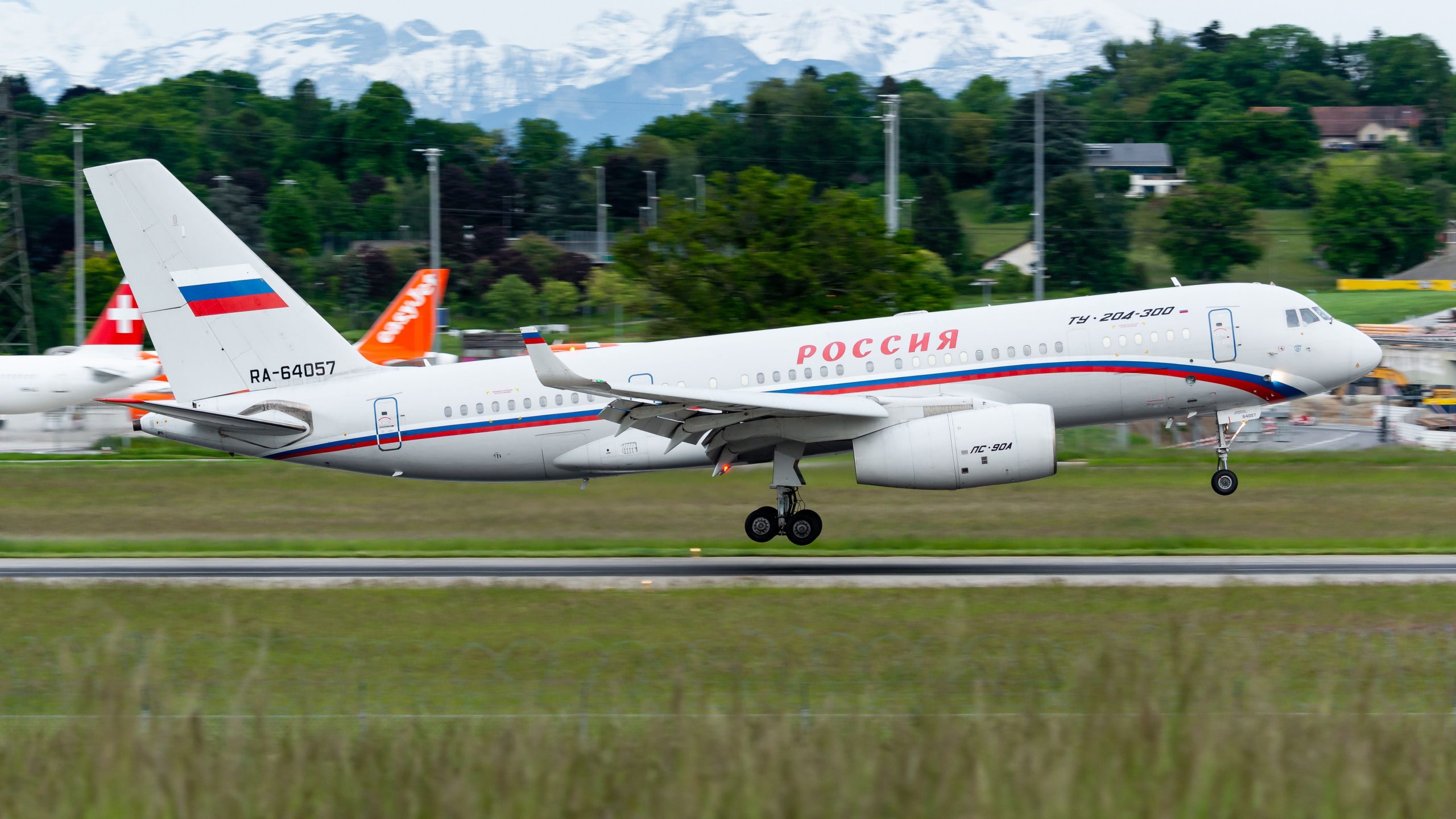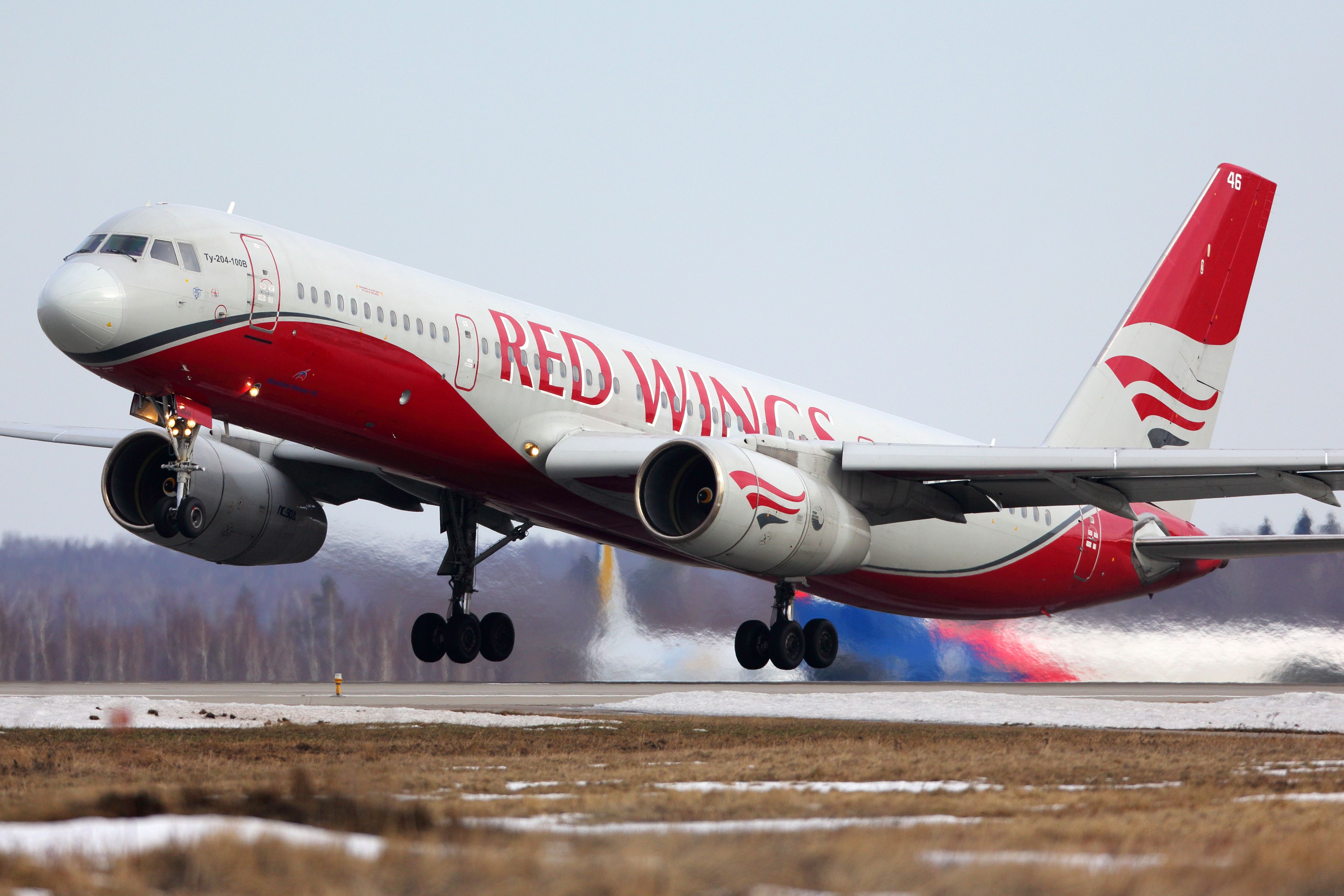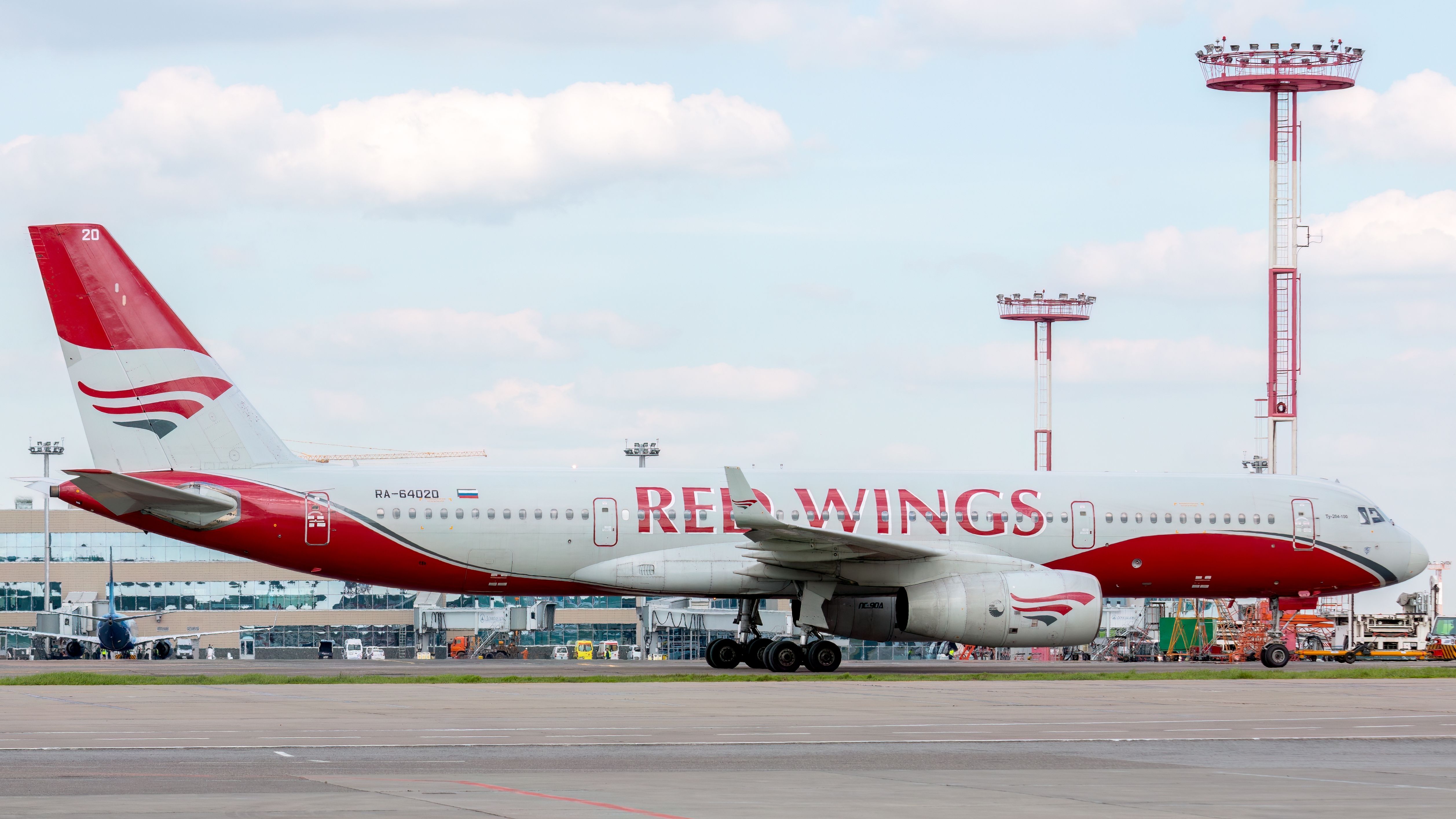Summary
- The Russia Special Flight Detachment is offering Russian airlines the chance to purchase retired aircraft and restore them for commercial use, in an effort to provide alternatives to Western spares.
- Russian airlines have struggled to access Western spares and have resorted to flying with outdated parts, compromising safety and putting passengers at risk.
- Restoring retired aircraft to airworthiness condition is a costly process, estimated to be around three to four billion rubles, and requires extensive maintenance if the planes have not been properly cared for during their grounding period.
The Russia Special Flight Detachment (SLO for its Russian acronym), responsible for transporting high-ranking state officials by air, is seemingly offering Russian airlines the opportunity to acquire retired aircraft and put them back in airworthiness condition, which would enable them to use them in commercial flights.
Bring back the retired Tu-214 aircraft!
As first reported by the Russian newspaper Kommersant, the Russia Special Flight Detachment offered local passenger airlines the opportunity to purchase two retired Tupolev Tu-204/214 aircraft.
This measure is seemingly looking to help Russian airlines that cannot access Western spares for their fleets due to the current economic and political sanctions following Russia’s invasion of Ukraine in 2022. Instead, Russian airlines have been reported to fly with outdated parts, neglecting safety and putting passengers in danger.
Photo: Fasttailwind/Shutterstock.
According to Kommersant, the SLO is looking to sell at least two Tu-214 aircraft that are over 20 years old and no longer in airworthiness condition. Red Wings Airlines, the Moscow-based company with a mixed fleet of Airbus A320, Boeing 777, Sukhoi Superjet, and Tupolev 204 aircraft, would be the recipient of SLO’s retired aircraft.
Sources in other companies said Kommersant they would consider purchasing the aircraft depending on the price. They would also require guarantees for extending the aircraft’s service life, which is currently limited to 20 years.
How much would it cost to bring these planes back?
Retired aircraft are not easy to return to airworthiness condition, particularly if the planes have not received the proper maintenance during their grounding period.
Kommersant reported that it would cost between three and four billion rubles to restore both airliners that would go to Red Wings Airlines. That’s about $30 to 42 million only to put them back in the skies. Red Wings Airlines would also have to acquire the planes for an undisclosed fee.
Photo: Telsek/Shutterstock.
The Tupolev Tu-204 is a twin-engined medium-range narrowbody jet capable of carrying up to 210 passengers. According to data from ch-aviation, there are 31 Tu-204/214 operated by 11 carriers globally. Rossiya is the largest operator of the model, with 15. The model is being revived by UAC.
Russian airlines struggling
Due to the Western sanctions, Russian airlines were put on the spot in February last year. The sanctions forced lessors to cancel hundreds of leases. Then, the Russian government refused to allow the planes to leave, stranding hundreds of aircraft, some of which are grounded and others operating exclusively within the Russian domestic airspace.
Earlier this month, AerCap announced it had reached an agreement to receive $645 million from insurance company NSK in full settlement of insurance claims in relation to 17 aircraft and five spare engines leased to Aeroflot and Rossiya. The planes are now set to become the property of NSK, a Russian state-owned company, Reuters reported.
Still, Russian airlines are unable to access Western spares and maintenance services. This has led the companies to cannibalize parts of its fleet to maintain other planes operating or endangering passengers by using outdated spares, as reported earlier this year by the Spanish newspaper El País.
What do you think about Russian airlines buying retired aircraft, putting them back in airworthiness condition, and operating them on commercial flights? Let us know in the comments below.
Source: Kommersant, El País.



